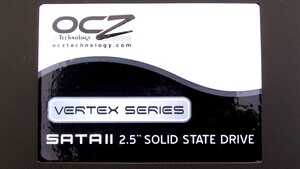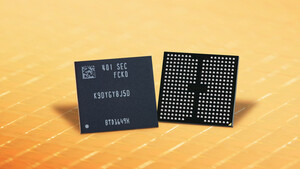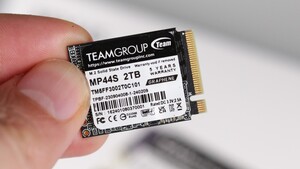linuxnutzer
Commander
- Registriert
- Dez. 2011
- Beiträge
- 2.458
Was ist das für eine neue NVME in einem NiPoGi AD08
https://www.harddrivebenchmark.net/hdd.php?hdd=NS512GSSD530
Empfiehlt es sich die durch eine bekannte Marke zu ersetzen?
https://www.harddrivebenchmark.net/hdd.php?hdd=NS512GSSD530
Code:
smartctl 7.2 2020-12-30 r5155 [x86_64-linux-6.2.0-26-generic] (local build)
Copyright (C) 2002-20, Bruce Allen, Christian Franke, www.smartmontools.org
=== START OF INFORMATION SECTION ===
Model Number: NS512GSSD530
Serial Number: xxxxxxxx
Firmware Version: W0413A0
PCI Vendor/Subsystem ID: 0x1f40
IEEE OUI Identifier: 0x486834
Controller ID: 1
NVMe Version: 1.3
Number of Namespaces: 1
Namespace 1 Size/Capacity: 512.110.190.592 [512 GB]
Namespace 1 Formatted LBA Size: 512
Namespace 1 IEEE EUI-64: 486834 0000000000
Local Time is: Thu Oct 26 17:49:53 2023 UTC
Firmware Updates (0x12): 1 Slot, no Reset required
Optional Admin Commands (0x0017): Security Format Frmw_DL Self_Test
Optional NVM Commands (0x0015): Comp DS_Mngmt Sav/Sel_Feat
Log Page Attributes (0x03): S/H_per_NS Cmd_Eff_Lg
Maximum Data Transfer Size: 64 Pages
Warning Comp. Temp. Threshold: 83 Celsius
Critical Comp. Temp. Threshold: 85 Celsius
Supported Power States
St Op Max Active Idle RL RT WL WT Ent_Lat Ex_Lat
0 + 9.00W - - 0 0 0 0 0 0
Supported LBA Sizes (NSID 0x1)
Id Fmt Data Metadt Rel_Perf
0 + 512 0 0
=== START OF SMART DATA SECTION ===
SMART overall-health self-assessment test result: PASSEDEmpfiehlt es sich die durch eine bekannte Marke zu ersetzen?



